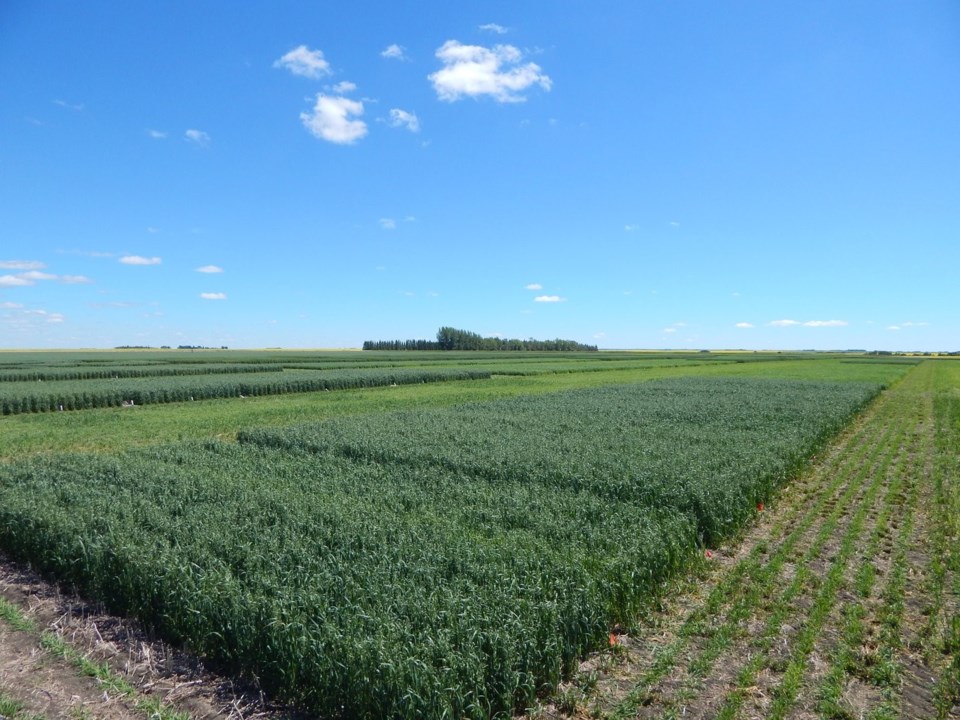A new combine and a new drone are among the items on the shopping list for a small-plot agriculture research site hoping to grow a bit bigger thanks to an influx of research money.
The Indian Head Agricultural Research Foundation (IHARF) recently received $727,470 from the Western Grains Research Foundation, a non-profit research group funded by farmers and based in Saskatoon.
IHARF is to use the money to buy processing and analytical equipment, field equipment, a tractor, a drone, weather stations, a plot-combine and a drying shed, according to a news release issued last week announcing the funding.
Research manager Chris Holzapfel said the drone they’re eyeing can make thermal image readings from the air, capturing a fairly large area of land. It will allow IHARF members to deduce soil moisture conditions on the surface and at certain depths below ground, he explained.
A potential example of applying that to regular farming practices would be in an irrigation-type operation. A thermal-scanning drone could tell the user if an irrigation piping system has sprung an underground water leak; cooler temperatures tend to mean extra moisture.
“(The drone will) allow us to do a lot of in-season measurements … We’ve historically used hand-held sensors, measuring individual leaves” while walking through a plot, Holzapfel said.
Another application would be checking a crop’s health: “If plants are dying off due to disease, that could have a different thermal signature,” than if they’re thriving.
IHARF’s research plots sit on the east side of Indian Head, which is about an hour east of Regina.
Depending on funds available and the season, team members will have between 2,000 and 3,000 plots operating in a single calendar year, executive manager Danny Petty said. Those plots are divided between 45 to 60 projects per year.
One plot can be as small as 280 square feet; the maximum size for one plot is 490 square feet. One acre of farmland is equal to 43,560 square feet.
Petty said after researchers draw conclusions from a given project, they’ll “host field days and seminars throughout the winter to pass on those results to farmers and agronomists … We typically have our main field day in the middle of July.”
Holzapfel also listed some of the site’s past research findings.
Agronomists there found pulse crops (like lentils or chick peas) have a tendency to absorb some nitrogen in the air around them; the plants convert it into ammonium gas, which they use as a kind of self-made fertilizer.
It could allow producers to apply less fertilizer to their pulses, while possibly reducing nitrogen runoff into creeks and rivers.
The most recent spring runoff report from the Water Security Agency (WSA), released at the beginning of March, shows varied moisture conditions through the province.
The WSA forecasts some northern and central areas are to see near normal runoffs, like around Saskatoon.
The report showed low moisture conditions for other parts of central and southern Saskatchewan. The WSA expects a stretch of area including North Battleford, Swift Current and Regina to have below normal runoff.
It predicts southeastern areas to receive a well below normal runoff.




